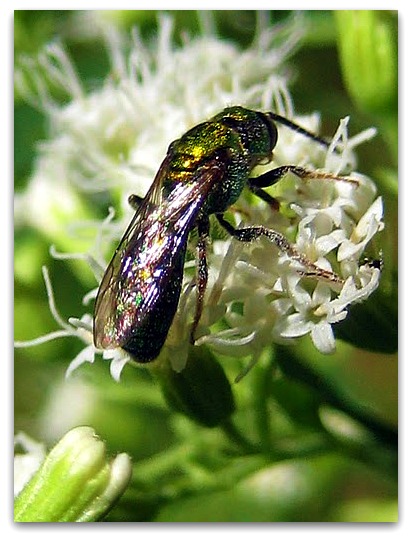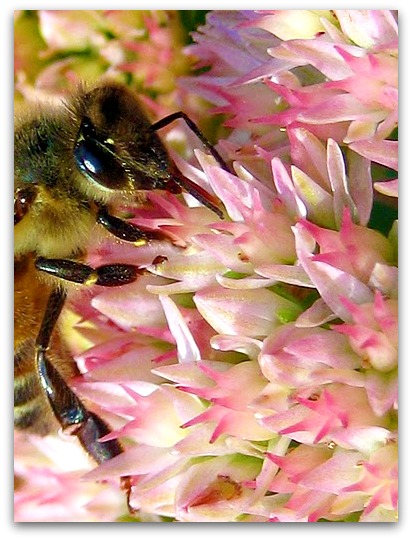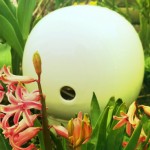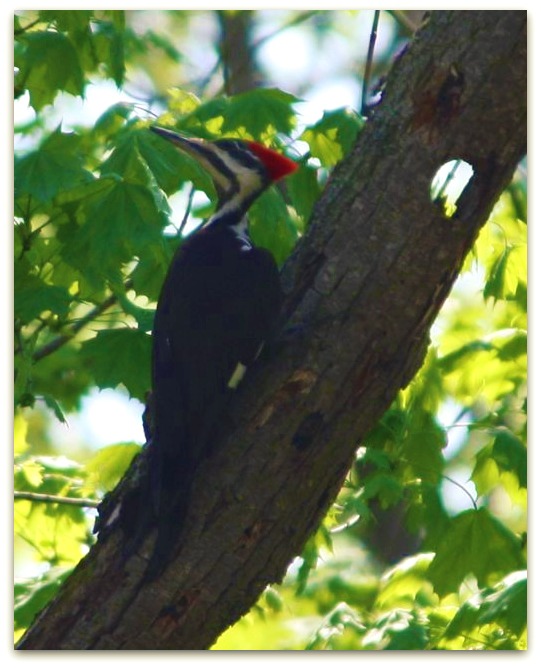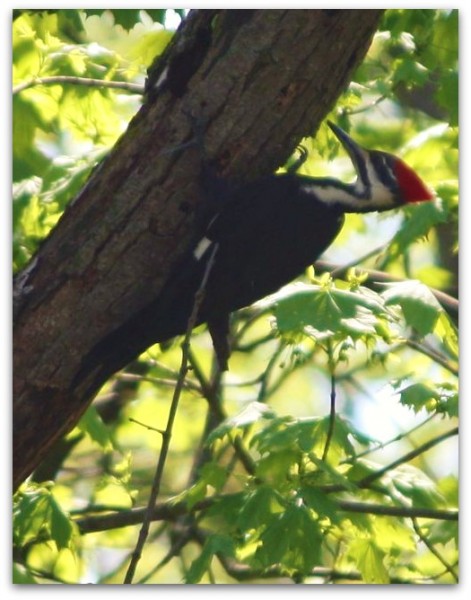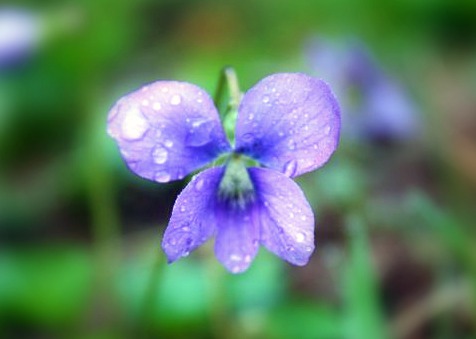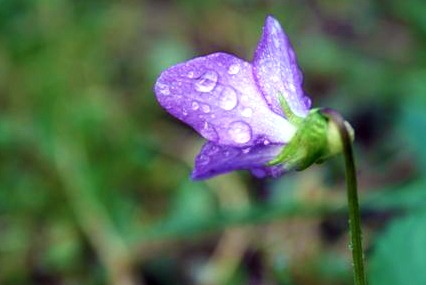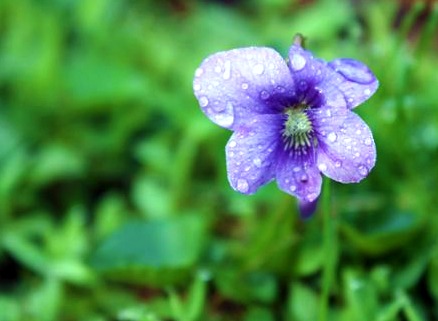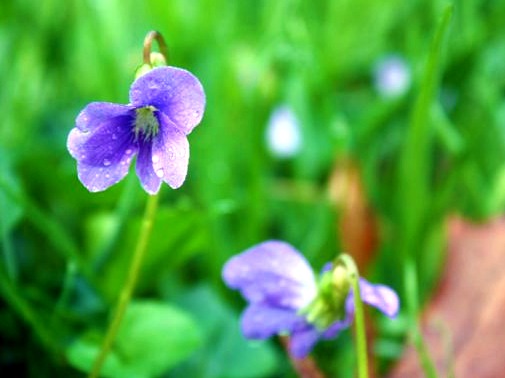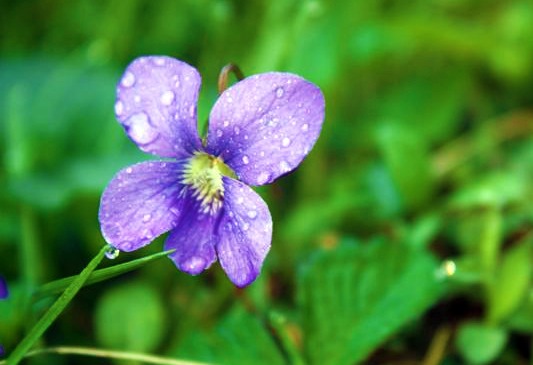The busy bee has no time for sorrow.
-William Blake
According to the United Nations Environment Programme (UNEP), 100 crop species supply 90 percent of the world’s food, and bees pollinate more than 70 percent of those crops.
As global population continues to grow, more pollinating bees are needed to feed more people.
In 2006, beekeepers began reporting widespread losses of their honeybee hives: from 30-90%. Scientists are still not certain as to the cause of this bee die-off, dubbed Colony Collapse Disorder (CCD), but a report released last week by the UNEP indicates the scale is worldwide and ongoing. Until a cause and remedy for Colony Collapse Disorder is found, we need to actively work to preserve and bolster our bee populations.
Fight Bee Decline with a Bee Garden
Plant native flowers.
Natives help feed your native bees; they have uniquely co-adapted over long periods of time to fit their needs. Supporting native bees acts as a “bee insurance” in the event we don’t solve the mystery of Colony Collapse Disorder soon. (If you’re in the DE/ PA/ NJ region, this is an excellent guide to our native plants.)
Skip double flowers & hybrids.
Doubles make it harder for bees to access the pollen; hybrids generally don’t produce much pollen for collecting. Basically, stay away from those really fancy, showy flowers.
Allow for nesting and burrowing.
This means leaving part of your yard uncultivated or “untidy.” If you’re not into that, maybe consider this super-pretty Bee Station.
Don’t use chemical pesticides or fertilizers.
Those aren’t good for bees, butterflies, ladybugs, or the birds & small mammals that depend on bugs for food. They’re also not great for small kids or pets, or tracking onto your carpets. Just don’t.
Buy local honey.
Help support local beekeepers in their bee conservation efforts. LocalHarvest has a list of honey suppliers searchable by zip code in their online store, or check your local co-op or farmer’s market. We buy from a very nice man who lives less than a mile away, and our co-op has Pine Barren wildflower honey which I just think is cool. (Possible bonus: some people say that eating local honey will help fight seasonal pollen allergies. Worth a try?)
Make it count.
Take part in the Great Bee Count on July 16th and help researchers determine exactly how our bee populations stand. (Plant sunflowers now so that they’ll be in full bloom at the time of the count!)
Bee the change.
- Ask if you can plant some bee-friendly flowers alongside local roads or on public lands to help create a network of “bee roads.”
- When your plants go to seed in the fall, collect some and scatter them in vacant lots.
- Seed bomb (keep it legal and NATIVE, do NOT seed bomb with non-native species).
- Educate. Teach your kids not to be afraid of bees. Encourage your friends and neighbors to garden for bees.
May is Garden for Wildlife Month! To learn more about gardening for wildlife and turning your yard into a wildlife habitat, check out this post and enter to win a copy of the National Wildlife Federation’s Attracting Birds, Butterflies & Other Backyard Wildlife.
—————————————————————————————————————————-
